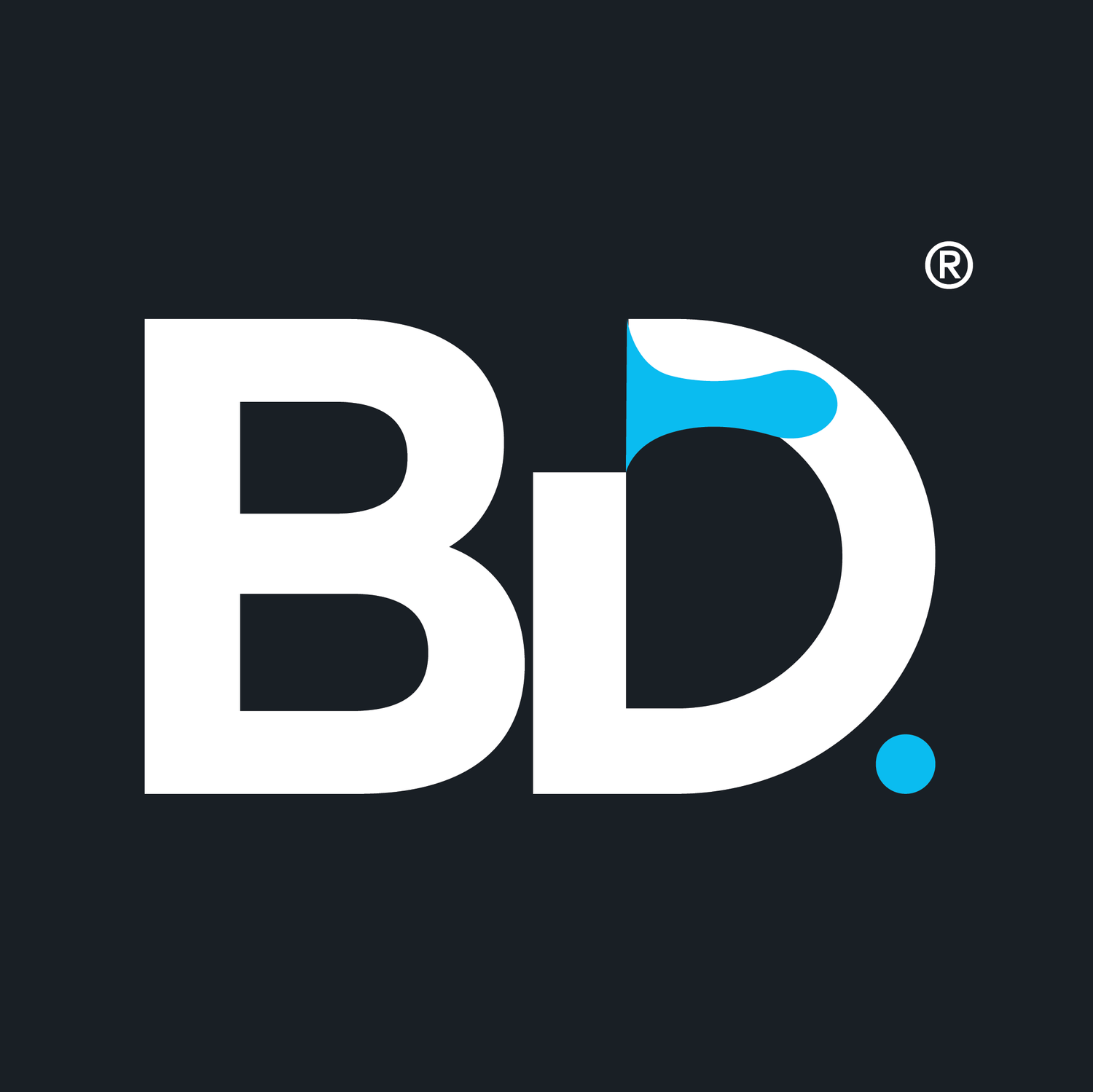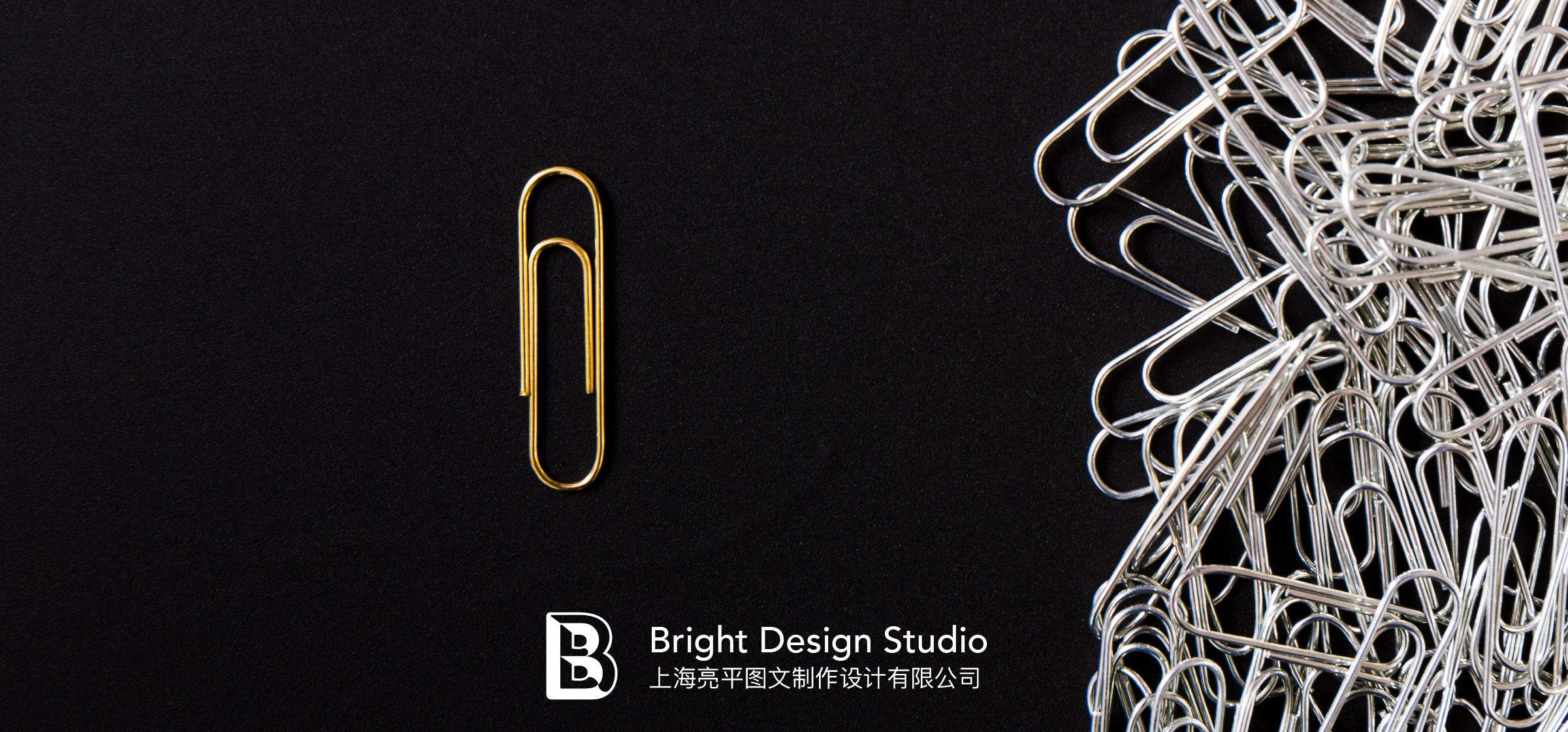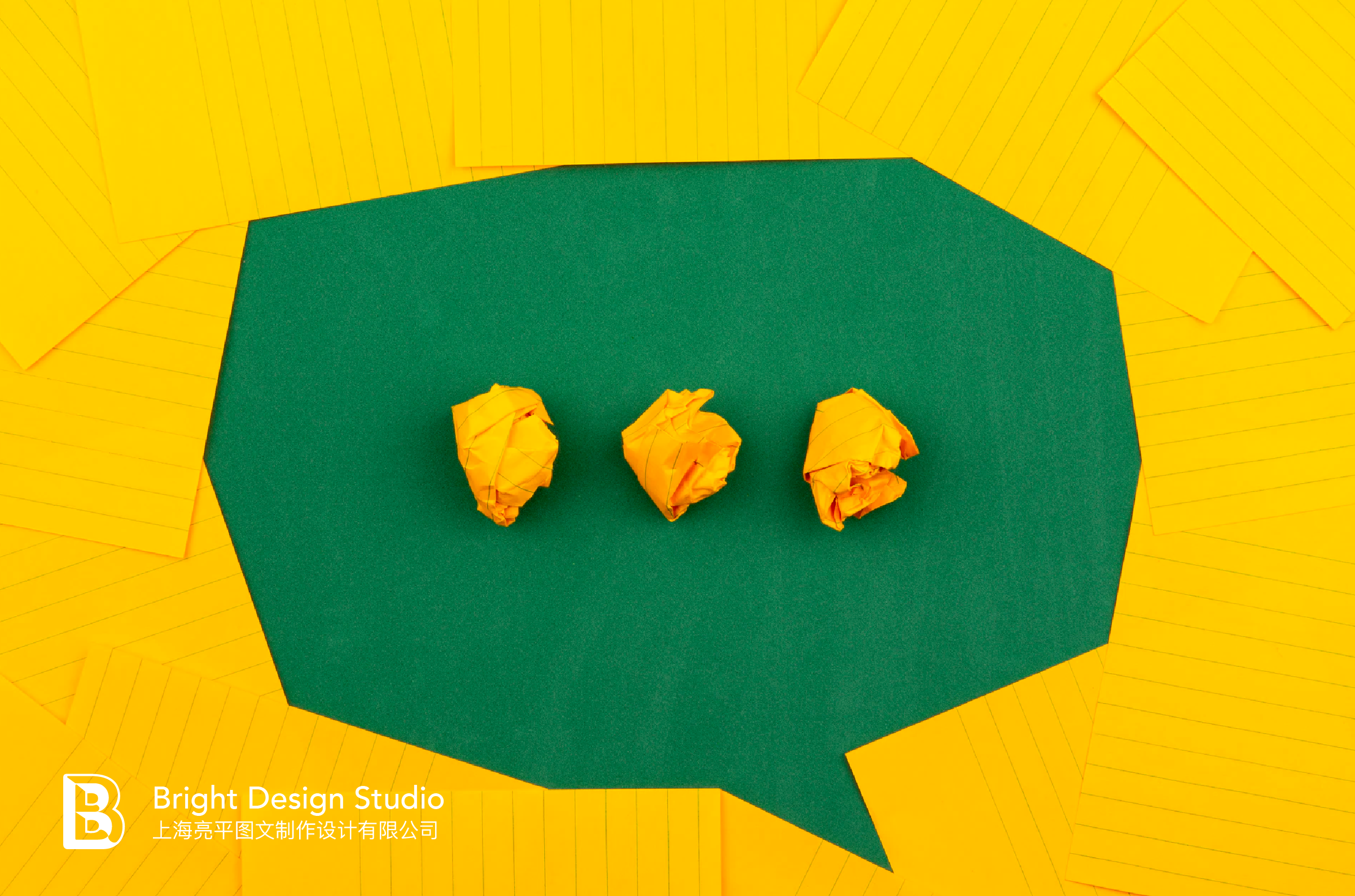Designing digital media for an over-hyped economy
Grab your attention - and keep it.
What are you doing right now?
While the answer may be obvious at the moment, focus on what it is you’re doing while reading this article. Even after these past two sentences, you’re doing more than you recognize at the same time. There are billions of people cognitively multitasking and spreading their attention amongst their friends, devices and whatever else they have to navigate outside of their phones. They’re working in-between the real world and digital world, where information is spread out and constantly accessible.
Your device is overloaded with incoming information streams and your mind is overwhelmed. When you’re mentally overwhelmed it becomes harder to focus, and you’re less likely to pay attention s or keep paying attention to certain content. When you’re unable to keep focus on something you’re less likely to continue doing it or try it again. The same goes for consuming digital content.
According to your brain: If it can’t keep you focused, it’s not worth doing.
Attention: a selective focus on some of the stimuli that we are currently perceiving while ignoring other stimuli from the environment.*
Attention is a blend of memory and learning. It is the focused mental efforts that needs the memory and active learning parts of our brain to work together. It takes a lot of energy and effort to stay focused, even more to stay focused and productive on more than one task.
*James W (1890). The Principles of Psychology. 1. New York: Henry Holt. pp. 403–404
@willianjusten
Attention is limited; it’s now our job to design media to get audiences’ attention and keep it for as long as possible.
Keeping and maintaining the millennial attention span is key to online business success. It’s the key stone of the new “Attention Economy”, coined by Ph.D. Herbert A. Simon*, that describes that in the new digital information economy it’s not necessarily the product but the ability to attract and keep attention that will determine if you’re business will be a success* (citation). In today’s market, businesses build brands and market content to access and maintain this attention economy.
If you’re marketing your business services on the internet you’ve come across the standard problem in the industry: Making people notice you. And if you’re making content to go along with your business or organization, you’ve also run into the problem of trying to get as many views and shares from your audience.
As word of mouth is essential for creating brand loyalty, digital marketing is essential for getting your brand out to as many people as possible. But it’s the most difficult form of marketing in this current global market.
Therefore catching attention and keeping it for as long as possible is the key to successful business marketing.
“Attention is a resource - a person has only so much of it.”**
Mathew Crawford, “The Cost of Paying Attention”, March 7th, 2015
Sitting still and trying to read something with total focus takes more mental energy than your can actually imagine. People have trouble focusing one of their senses (specifically visual) when they need to also focus on other sensations such as the sounds in the room, the temperature and keeping aware of the time. Add that into having to navigate the digital layout of a media site and still trying to process the information. There are many factors keeping your audience from being able to focus on your content for longer periods of time.
@lunarts
You have to design your content for focus because you cannot control what your audience is doing.
The only way to get and keep attention is by making sure your content meets the standards for maintaining it. Making your content optimized for sustained attention is about keeping it precise and accessible. Between UX design and content writing, you’re ability to make content that’s easy to use, informative and personal will increase your chances of user interaction and loyalty.
To help understand what the best skills for making attention grabbing content, here are just a few tips our content creators follow to make memorable and addictive content:
Advice Number One: Make your content concise
Nobody will pay attention for long if you can’t get to the point quick enough. Start with your main point and work through an example later. Your audience will not want to linger in your content or return to it again if they have to spend more time searching for the answers than changing to a different site. For anyone writing content, be sure that you’re writing is easy to read and understand. Online content needs to be clear and efficient to be successful. Focus on having straightforward information told in a clear format with only one or two examples to keep your readers attention until the end.
Advice Number Two: Keep it direct and simple to understand.
Keep it as short and simple as possible. You don’t want to have your audience running around in circles trying to understand what you’re talking about. If you have something to say in three paragraphs than can be said in one sentence: Take the one sentence.
Three simple keys for keeping your content simple and understandable:
Don’t over load your content with too many words and too much language. It makes it less comprehensible and even narrows your audience down to a small and selective pool of people.
Keep your examples to a minimum. One example per subject is good enough, sometimes it’s even too much! You don’t need a sub story to get your point across.
Make sure your vocabulary isn’t a target word list, have general conversational level language that makes the content simple enough to read for anyone. You’re not writing a college essay, unless you’re writing a blog explaining how to write a college essay.
Advice Number Three: Visual language is as important as written.
More developed than our ability to focus while reading is out visual attention. It’s the key component in our brains that help us quickly focus on what’s important in an environment or content piece and filter out the rest. It’s also the most used part of our attention and is easier to focus on, since there’s less need for different parts of the brain to work at the same time.***
The human brain is best at deciphering visual cues over language cues, making pictures an important part of any writing or marketing. This can be done through carefully layered images such as photographs, illustrations and animations that (help explain what you’re talking about visually). Be sure to use images sparingly so they enhance the content but not overload the piece when it becomes a photo slide-show.
Visuals also serve as “attention breaks” that break up a long piece of content. They make the content more engaging, and more likely that your audience will stay longer if there’s at least one or two images inside of the content.
Advice Number Four: Create content that can be accessed easily.
The attention of the internet may be the most fickle thing content creators and businesses have ever had to deal with. But it’s the usability of the platform that will decide whether you’ll have an audience accessing your content. This includes everything from web design, web page layout and user navigation ability; everything to do with the UX and UI design.
Your audience may be a target population but that you want your content to be easily understandable to all. You’ll be indirectly interacting with people who have various forms of technological literacy and patience with reading. Which is why following up with a well designed site and site management will be key to having high user interaction and increased brand loyalty.
Here at Bright Design Studios we have an expert team of both content creators and UX designers who all design creative products that are eye catching and easy to understand. We value your product, we know it’s worth and we will make sure everyone else can see it as well. Bright Design will help design your product and website to stand out on the global digital platform.
Citations:
* Simon, Herbert; “The Economics of Attention: A History of Economic Perception”, 1978
** Crawford, Matthew; “The Cost of Paying Attention”, New York Times, March 7th, 2015
https://www.nytimes.com/2015/03/08/opinion/sunday/the-cost-of-paying-attention.html
*** Salk Institute; ”Visual Attention: How the Brain makes the most out of the Visible World”, April 6th, 2009
https://www.sciencedaily.com/releases/2009/03/090325132326.htm









